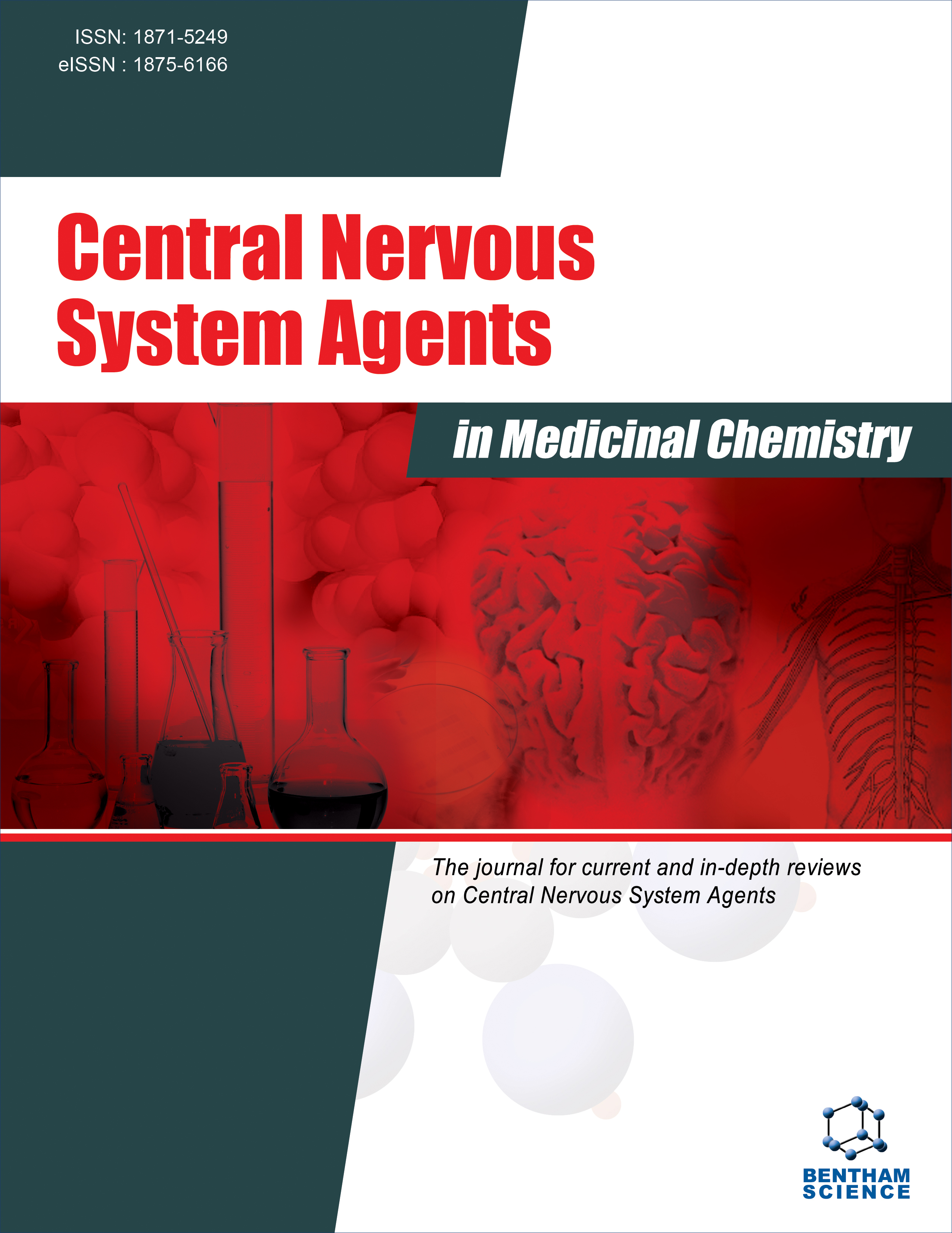
Full text loading...

We aimed to conduct in silico screening of the potential phytoconstituent from a natural product database to find SIRT2 inhibitors.
Alzheimer's disease (AD) is the most prevalent type of dementia, characterized by behavioral and mental symptoms as well as a progressive loss of cognitive ability. Since SIRT2 may be detrimental to neurological illnesses, it is a prime target for research into SIRT2 inhibitors.
To identify the SIRT2 inhibitors and their role in AD.
We have utilized NPAtlas database and screened using pharmacophore-based virtual screening, molecular docking, and simulation. The Natural Products Atlas provides unrestricted access to various natural products derived from bacteria and fungi, allowing researchers to investigate and visualize the extensive chemical diversity in the natural world.
From in silico screening data, we have found phytoconstituents that could function as SIRT2 inhibitors. Six phytoconstituents were identified using pharmacophore-based virtual screening. According to molecular docking, Kurasoin B outperformed the reference molecule regarding binding energy. Kurasoin B exhibited a binding affinity of -12.543 kcal/mol, whereas the binding affinity of the reference molecule was -12.089 kcal/mol. The Kurasoin B complex with SIRT2 was determined to be stable throughout the simulation by performing MD simulation, with an RMSD of 2.88 (Å), whereas the reference and free protein displayed RMSDs of 3.74 and 4.70 (Å), respectively.
In silico studies and data analysis, suggest that Kurasoin B may be able to suppress the SIRT2 protein for managing AD.